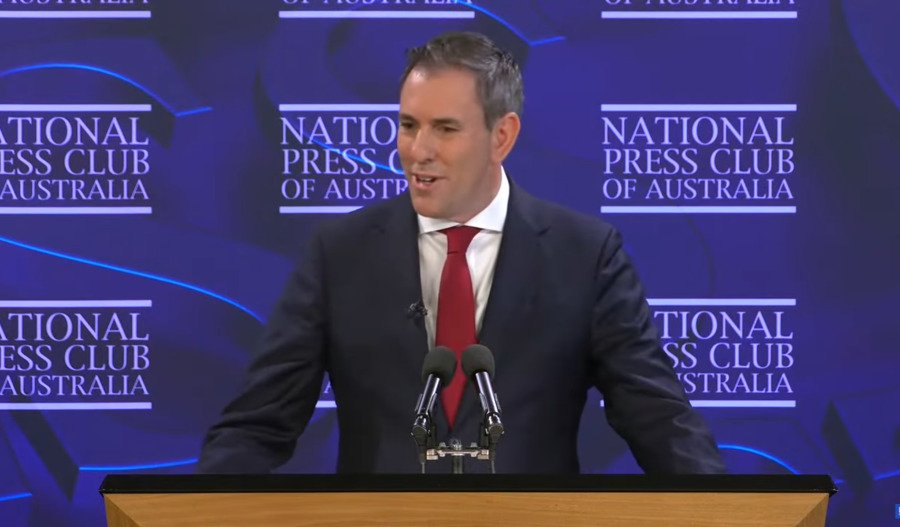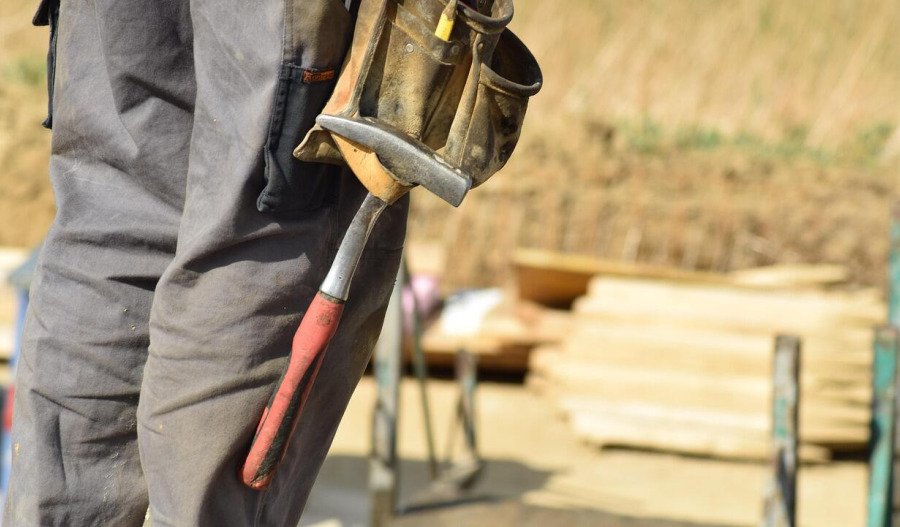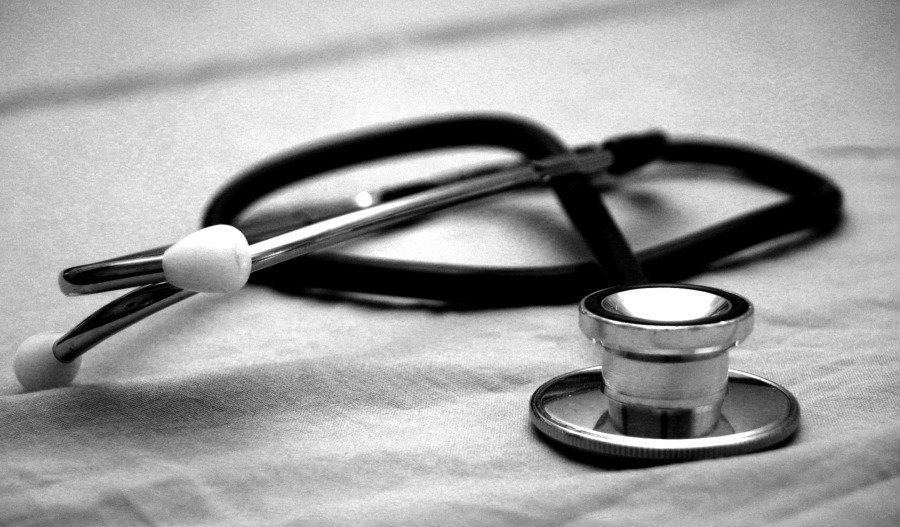The last two months have seen all but one of Australia's states and territories hand down their budgets.
The Federal Budget was handed down by the now freshly re-elected Albanese government, in March and then it was the rest of the nation's turn.
Each budget is a long and complex document, which the average Australian understandably does not have time to read in its entirety.
Here is the Azzet 2025-26 budget round up with the winners and losers for them all.
Victoria
Kicking off proceedings with Victoria, the state's Labor government handed down their budget at the beginning of May, with a strong focus on families and healthcare, as cost of living pressures continue.
Free kindergarten was a key offer in the 2025-2026 Victorian budget. The initiative extends the existing program to offer free kindergarten to every three- and four-year-old in the state.
Victorian families will save approximately $2600 per child as a result.
However, older kids lost school spending.
“This budget actually cuts funding for vocational education compared to previous years," president of the Victorian Branch of the Australian Education Union Justin Mullaly said.
Those struggling with household bills also received the welcome news that $100 Power Saving Bonuses will be available for those with concession cards, as part of a broader $50 million package.
For emergency and community services, Jacinta Allen's government has promised a $1.6 billion investment in crime prevention.
Additionally, the budget has seen the introduction of a levy charged with council rates to raise funds for the SES, 000, fire services and more.
A massive $11.1 billion in spending was promised to the health sector, with a $9.3 billion boost to hospital funding.
Urgent Care Clinics across the state will receive the bulk of the funding. In addition, pharmacists will be able to treat more conditions with consultations free of charge.
When it comes to the bottom line, Victoria's net debt is forecast to grow to a record $194 billion in three years, with $167 billion expected before the end of 2025.
Northern Territory
Heading to the Top End, there was a similar focus on healthcare when the Northern Territory handed down their budget the week after Victoria, in the middle of May.
NT's Aboriginal population faces some of the worst rates of mental health problems and serious, chronic health issues across the nation.
The Territory's Country Liberal Party government pledged $2.3 billion for health services in the latest budget, with primary health care getting a $25.3 million increase, and mental health services being boosted by more than $17 million, primarily in the form of a new mental health ward at Royal Darwin Hospital.
Corrections also came into focus, a sector that has been the cause of considerable controversy, backlash and even a Royal Commission, over the last decade.
However, the 2025-2026 budget confirmed that the NT government would invest a record-breaking total of $495 million in the department.
This can be broken down into a $60 million increase for corrections, $176 million for operational costs around growing prisoner numbers, and $69.6 million for infrastructure, such as new prisons and refurbishment of existing ones.
Treasurer Bill Yan said this budget, his first, was one that "prioritises law and order".
Housing took a hit, despite residents of the Top End facing a rate of homelessness 12 times higher than the national average, and a crisis around rental availability.
Housing spending in this budget saw a reduction of $100 million when compared to 2024-2025, as well as a decline in housing infrastructure to the tune of $200 million.
Another difficulty is education, with recent reports finding that only two out of every five children in NT could read.
An agreement to boost education spending by $1 billion by 2029 was reached last year between the Commonwealth and the former Labor government.
While the CLP went on to win the election after this was signed, the funds are still present in the latest budget with an extra $35 million for government primary schools, $18 million for secondary schools and $10 million for non-government schools.
South Australia
Next up on the budget calendar was South Australia, who faced a difficult budget for state finances.
Following the budget release on 6 June, net debt is now expected to grow by $48.5 billion by the time the 2028-2029 budget rolls around, as well as the surplus for the next financial year being reduced to $179 million from $449 million.
These two newly revised figures can be attributed to a range of factors, including a new Women's and Children's Hospital, which is expected to cost over $3 billion, drought relief initiatives to the tune of $73.4 million and huge spending on Whyalla steelworks.
As a result of the multi-billion dollar bail out for Whyalla, a joint effort between the Federal and state announced in February, the SA government has had to delay the hydrogen plans for the state.
Instead it is now set to sell off the hydrogen turbines purchased for the hydrogen jobs project, with sales expected to make a profit.
There are no new taxes or increases on existing ones, however the state's Emergency Services Levy is set to rise by 4.2%.
Transport and were also on the cards for the Malinauskas Labor government.
Road safety will get a funding boost, with $46.8 million for mobile phone detection and red light cameras, $20 million for road safety maintenance from now to 2027 and a new road safety campaign will receive $4.5 million.
For public transport users, a 28-day student metroCARD will now be reduced to $10.
A major law and order package was also announced, with state Treasurer Stephen Mullighan citing a preventative approach to crime.
The budget will look to boost the police force by 5000 officers by the time 2030 rolls around, with $172 million dedicated to doing so.
This is part of a total $395 million funding pledge for Law and Order.
Queensland
Travelling back up to the Sunshine State, net debt is now expected to be lower than January predictions, but net operating deficit is up.
The Queensland government handed down its latest budget on 11 June, and confirmed NOD for 2025-2026 was now sitting at a forecast of more than $8.5 billion, compared to the $6.9 billion predicted back in a January economic review.
It wasn't all bad news for the state's bottom line however, with net debt in 2028-2029 predicted to sit around $205 billion, with Treasurer David Janetzki saying this was an improvement compared to January's $218 billion prediction.
A major spending point for Queensland is the Olympics and Paralympic games, to be hosted by Brisbane in 2032.
Over the next four years, the government will spend $4.7 billion on the Games, with the majority ($3.8 billion) going towards stadiums and indoor sports centre
$950 million will also go towards building athlete villages in Brisbane, the Sunshine Coast, the Gold Coast and Rockhampton.
For families, they are getting a helping hand with school costs but keeping a car on the road just got more expensive.
From January next year, Queensland families will receive $100 for every primary school student, to cover essentials, as part of the Back to School Boost program.
It will be open till the 2028-2029 financial year to all students from Prep to grade 6, at both government and non-government schools, coming in at a cost of over $47 million per year.
Children aged between 5 and 17 also have access to $200 sports vouchers for winter or summer sports.
However, car registration, alongside all other government fees, have seen an increase of 3.4% and the state's $1000 electricity bill savings scheme is no more, although this was a measure from the previous government.
The Queensland health sector is going to get a total spending boost of $18.5 billion from the Crisafulli government, to fund an extra 2,600 hospital beds in 3 new and 10 upgraded hospitals, new CT and MRI machines, and 4,500 extra health workers.
New South Wales
Over in New South Wales, the 18 June budget was the third for the state's current Labor government.
Developers came out on top in housing and infrastructure.
The Minns government has pledged $1 billion to help bail out developers in cases where the private sales of properties don't get over the line. The funding will be used by the state to purchase homes instead.
With this new safety net, approximately 5000 homes are expected to be built.
Helping to build these homes could be thousands of new tradies, who could be granted new fee-free apprenticeships and traineeships.
The budget confirmed that an extra 23,000 spots for that initiative will be funded, at the cost of $40.2 million over two years.
Migrants and other workers with unrecognised skills will also have their qualifications formalised, in a bid to help 4800 plumbers, carpenters and electricians enter residential construction over the next two years.
Buses were at the forefront of education.
New buses for schools and preschools, in outer parts of Sydney and the regions, have been promised in the budget, with $26 million allocated to buying new buses and $150 million for expanded timetables.
Additionally, four new schools will be built across the state.
They are expected to hold 2500 students and nine existing schools will also get funding for major refurbishment and upgrades.
$50 million is going to be funnelled into libraries, laboratories and design workshops across 13 public schools.
Thirteen comprehensive public schools will get a share of $50 million for new libraries, laboratories and art and design workshops, targeted at gifted students. Another $2 million will go to school career fairs and work experience to encourage teenagers into trades.
Tourists heading to Sydney will be greeted with a new set of street signs and improved roads directing them towards the airport, as well as the city's planned new aerotropolis.
The aerotropolises were already on track to cost more than $2.5 billion but are about to get even more expensive, to the tune of $150 million.
The 1000 new road signs will account for $30 million of this funding increase and $40 million for the new road connections.
When it comes to the bottom line, the deficit grew from $5.7 billion in the 2024-25 budget to $3.4 billion this time around.
“The Minns Government is focused on the future of economic growth. It is focused on the future of families, their jobs, their businesses, their wages, their hospitals, their schools, and their essential services,” said NSW treasurer Daniel Mookhey.
“The Budget shows how in each year of this young government we make progress.”
Australian Capital Territory
Last (for now), but certainly not least is the ACT, where healthcare is in the spotlight.
The territory, home to the nation's capital city and the heart of government, passed down its budget on 25 June, as its deficit continues to grow.
Healthcare was at the centre of this continuously spiking deficit, with ACT Treasurer Chris Steel announcing a new health levy for tax payers to help ease some of the $2.9 billion strain expected for 2025-2026.
The health care levy will come in at $250, alongside an increase of $30 to the territory's emergency services levy and $10 to the safer families levy and a 3.7% increase to general rates, all to support the budget's $1.19 billion investment in Canberra’s public health system.
Private health insurers will also be charged an extra 10% for the ambulance levy.
Some of the funding allocations include $102.5 million for 70,000 additional elective surgeries over the next four years, $27 million for chronic disease management, $23 million for at-home care services and $23 million for an Eating Disorders Residential Treatment Centre.
“To continue to deliver critical health services, we have made difficult decisions in the budget, but in a way that reflects our values, and the values of Canberrans,” said Steel.
Much like Queensland, driving will also cost Canberrans more over the next financial year.
Licence fees are going to go up by 10.7% to a total of $486.80 for a 10-year renewal, parking is going up by 6% and storage costs for impounded vehicles will now be $25 per day, a whopping 730% increase.
The ACT treasurer also confirmed he expects to reduce the deficit down to $425 million for 2025-2026, a reduction of around $600 million.
Surplus capital is not expected to return until 2027-2028.
Tasmania
Tasmania remains the only one left to announce a budget, as the state faces political upheaval in the form of their fourth election in just four years.
Tasmanians will head to the polls on 19 July, which will determine whether the current Liberal premier, Jeremy Rockliff, retains power, or Dean Winter of the Opposition gets a chance to step up to the plate.
Rockliff tried to pass a state budget last month, which ultimately resulted in a vote of no confidence and the governor calling a snap election.
While nothing official will be handed down till after the election results, the latest Treasury Department's Pre-Election Financial Outlook arrived this week, and found that Tasmania is heading toward $13 billion worth of debt by 2028, and called for “explicit policy choices” to stop the ballooning debt, as well as “expenditure restraint…including through election periods”.
The outlook showed $3 billion more than Rockliff's May budget forecast.
“Expenses, significantly driven by health demand and costs, are growing at a faster rate than the state's current sources of revenue,” said the report in its key findings.
“This rate of growth in debt is not sustainable, and the size of the problem will only increase if not addressed. Immediate and sustained action is needed.”



